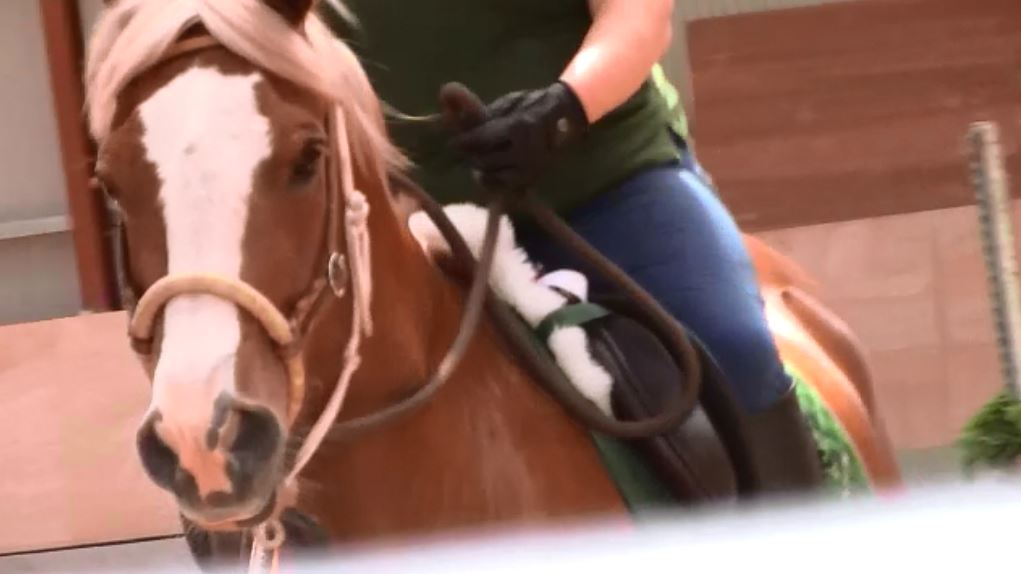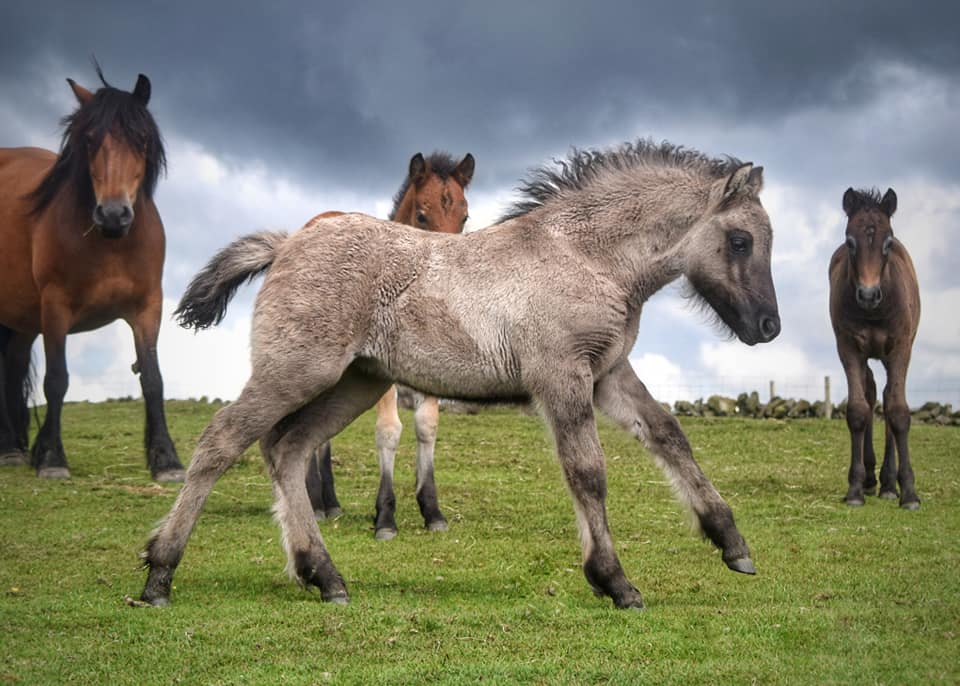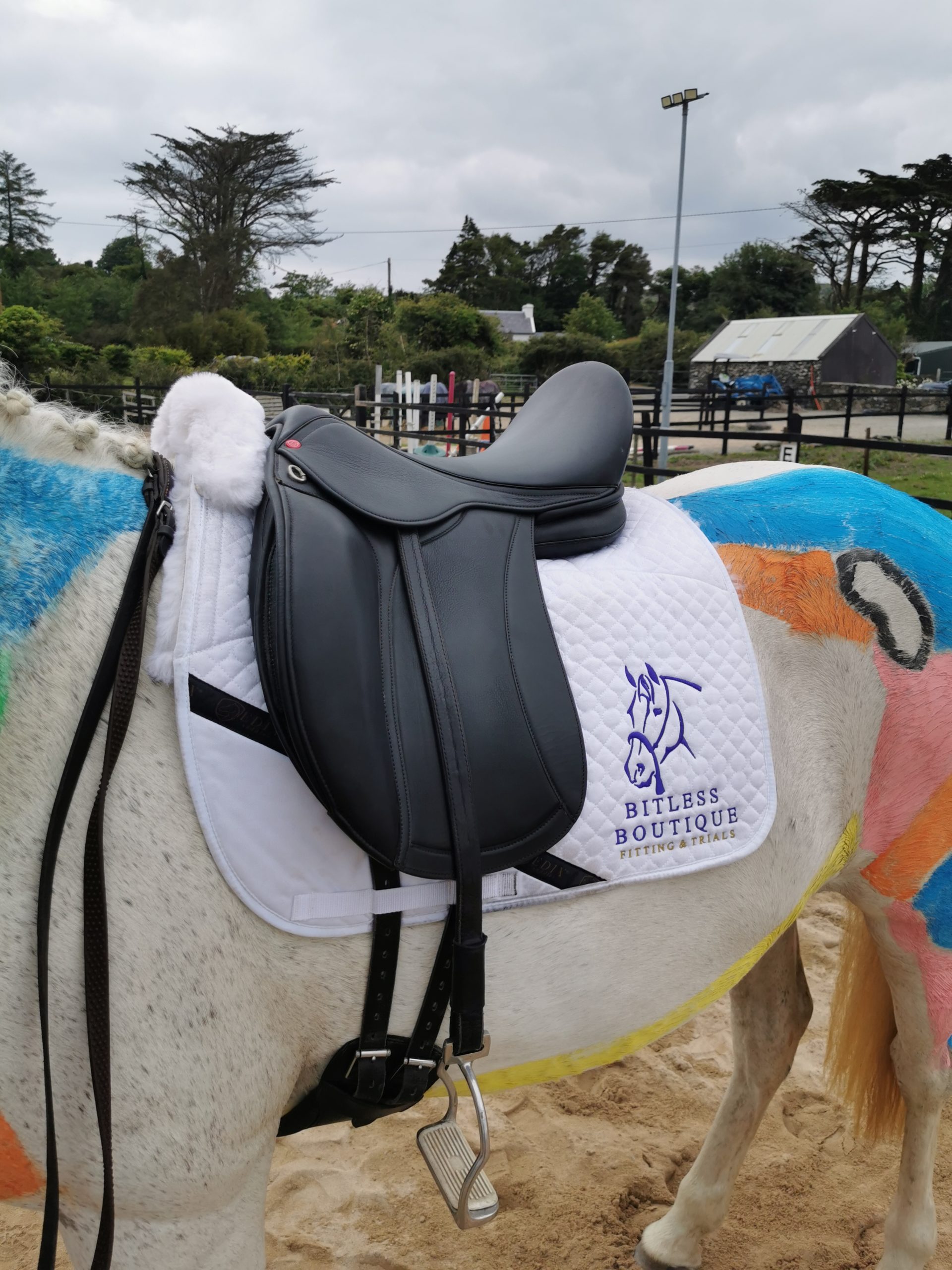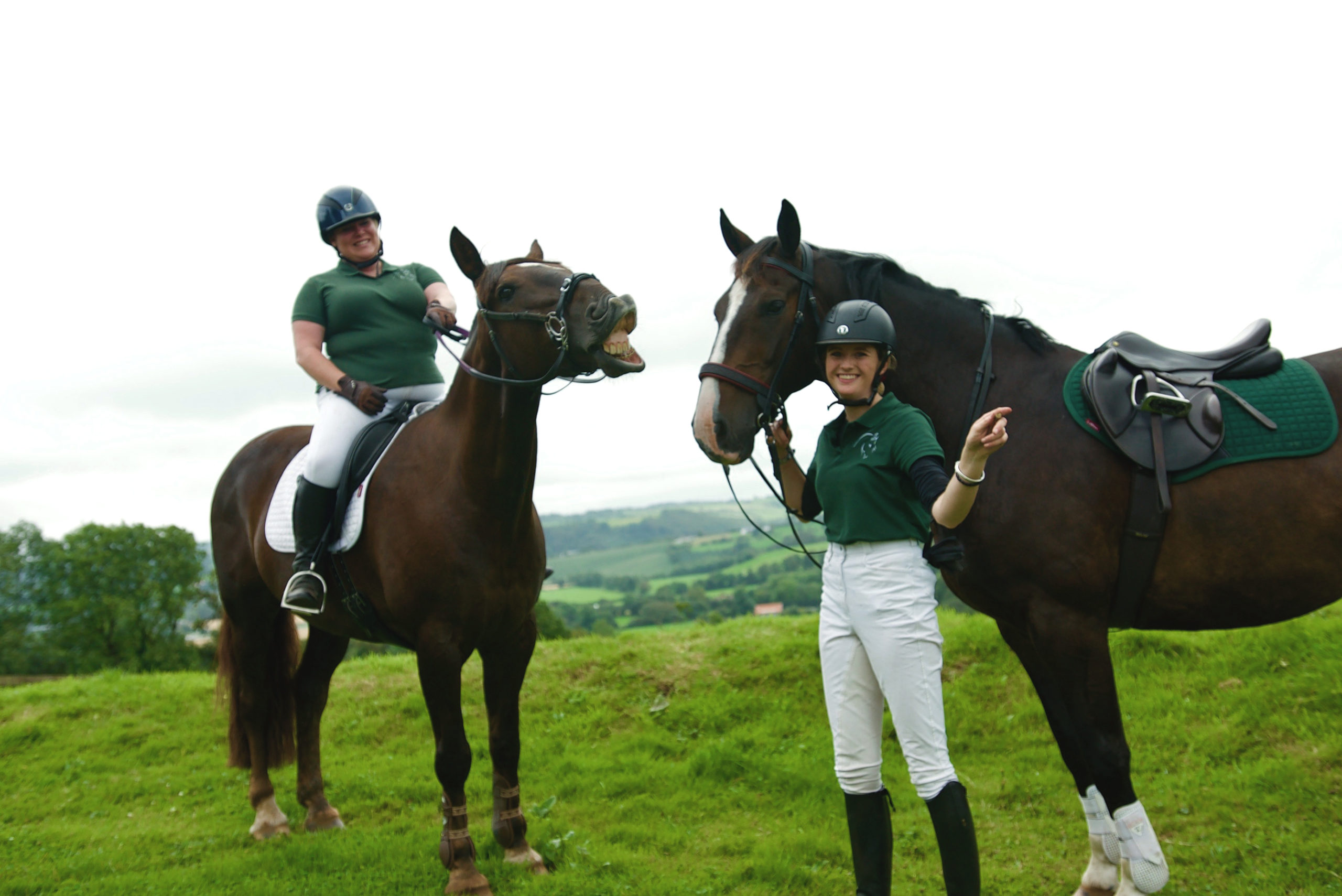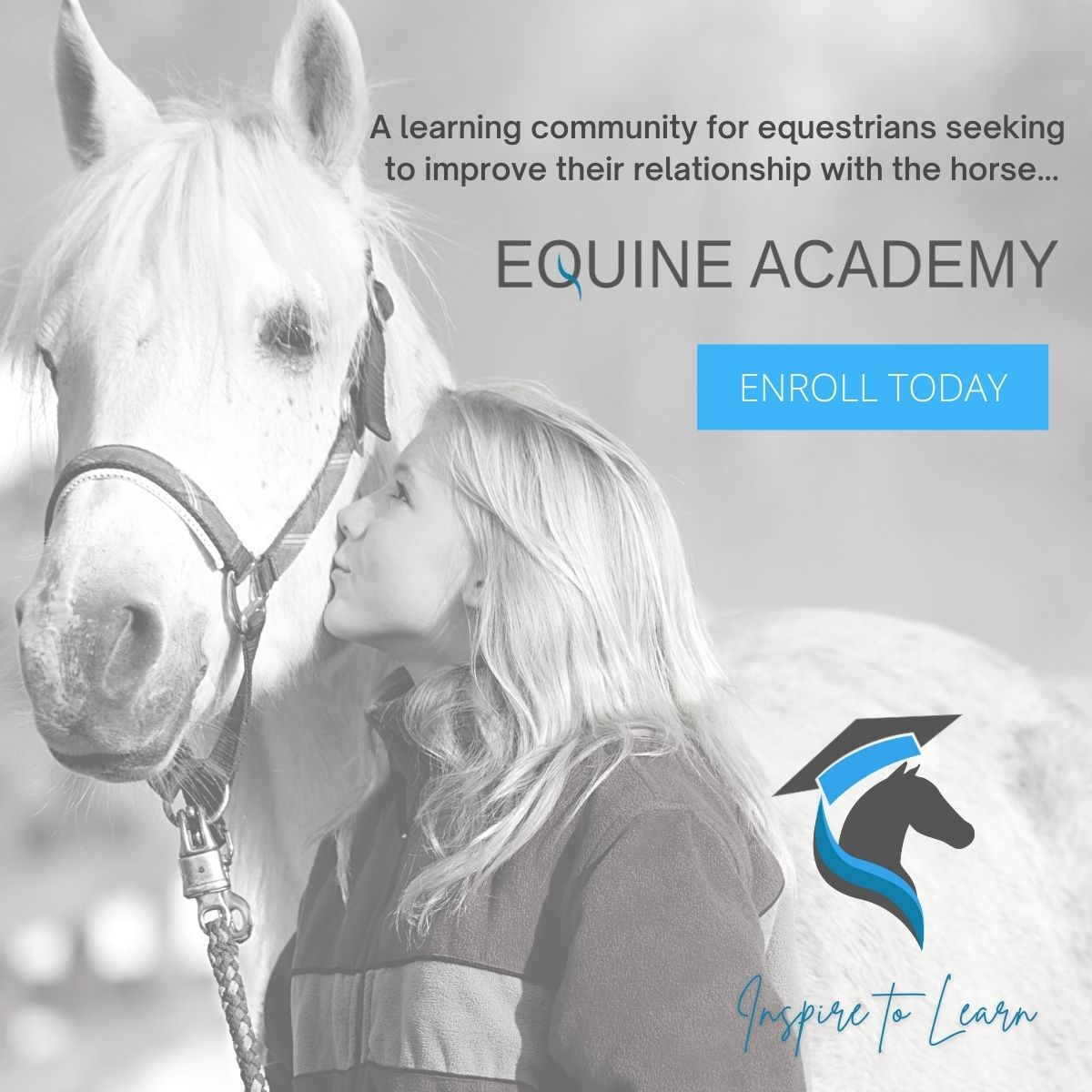Quite often this question is posed by a rider who is used to using a bit and is relying on the reins to steady, slow or stop the horse. If this is you, firstly welcome, and you are not alone in this question. Whether you have learned from a riding school or self-taught, many riding methods teach us that we “go” with the legs and “stop” with the rein. The most important lesson I wish to share is that the rein is not the only answer and certainly not the first. The truth is that stopping a horse relies on clear communication, trust, and proper technique.
Here are some key points to remember
- Groundwork: Before riding, establish clear cues on the ground using your body language, voice, and gentle pressure on the reins. Teach your horse to yield to pressure and understand stopping as a desired response.
- Body Aids: Use your seat and weight distribution to signal a stop. Sink your hips back slightly and maintain a balanced, upright posture.
- Voice Cues: Use a calm, quiet voice to communicate your desire to stop. A well-timed “whoa” or other verbal cue can be helpful. Positive motivation for your horse to stop can override many situations, introduce a reward (treat) and pair with a voice cue.
- Light Rein Contact: Maintain soft but clear contact with the reins. Don’t yank or pull, but rather feel for a softening in your horse’s body and head carriage.
- Gradual Slowing: Instead of an abrupt halt, aim for a gradual decrease in speed. Ask for small reductions in pace through body aids and maintain communication until your horse comes to a complete stop.
It’s best to practice in an arena or safe space, and gradually up your pace and introduce exciting objects such as poles or jumps. Maintaining the same level of communication when excitement is included is a testament to how well-practised or bonded you are in your training.
What are you trying to stop?
There is a difference between needing your horse to slow/stop in a gentle canter, versus wanting them to shop mid-flight or ‘bolting’. If the horse is highly excitable or fearful, the answer is not within the bridle. Understanding the situational differences whereby a horse has performed these behaviours will lead you closer to the answer. Working with a behaviourist or taking a course in equine behaviour is a positive step in the right direction. Try to think about stopping the behaviour before it happens, rather than stopping the horse.
Do I need a harsher bitless bridle?
While it’s true that horses respond better to some pressure points than others, that doesn’t mean you should rely on them as a stopping mechanism. If overused in time they will dull because these sensitive areas are linked with nerves in the head. Instead, ask why you need this much pressure and seek the answers in training and behaviour as mentioned above.
Why do we rely on reins?
The key to this is balance. I believe that if we are confident and balanced without our reins, then psychologically it is not our first method of communication. This takes practice, patience and trust.
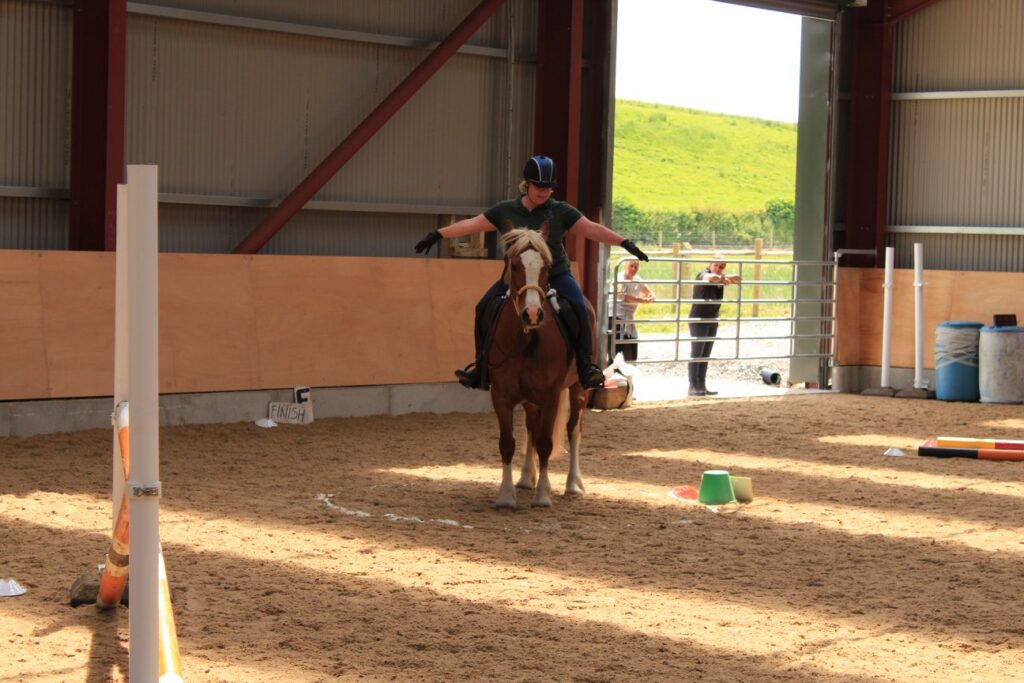
If you wish to change something, focus on the improvements that can be made. For example, can you jump without your reins? Can you turn your horse with your body weight? Can you slow your horse with breathwork and voice cues? If not then you already have a range of skills to work on.
Summary
I’d like to share with you a story of an event Teddy and I did a number of years ago now. It was the TREC Championships in Laois, Ireland. We had completed the first 2 days and the last day was the PTV. As part of this we needed to overcome a number of obstacles. It was a large venue and the obstacles were partially in fields and partially on a track surface. We had just come around the barrels and were storming ahead full canter to the next obstacle a field away. My husband was positioned in the audience between the two, cheering us on. Teddy was wearing his bosal as usual. A lady stood next to my husband, did not know he was my husband and she pointed to Teddy and in fright called that the horse had no bit and however would I stop him. My husband turned to her and in his cheeky Catholic boy way said “I don’t know, we’ll just have to hope and pray” and he chuckled to himself. That poor lady didn’t realise we had purposefully entered without a bit and I suppose this shows you how naive we can be when we don’t know what’s possible. Happy to say we went on to win that championship class.
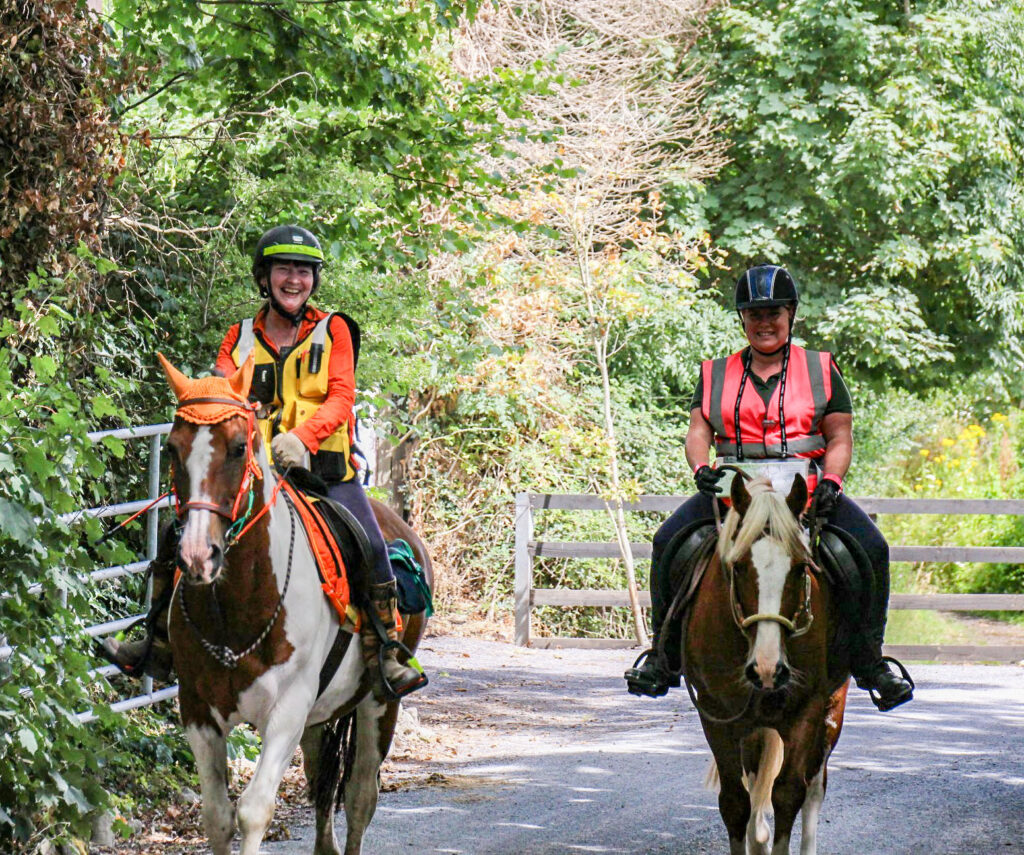
And I would just like to take a moment to remember the wonderful lady and rider I was paired with that weekend, Siobhan Ovington, who sadly is no longer with us. She was so good not to judge our different ways, and we had the greatest time.
I hope that story reminds you that we need to look beneath the surface. Because to tell the truth if that bridle hadn’t been there I probably would still have come cantering down that field and into the ribbons, because I was never seeking control, I was seeking a partnership.
In summary, how do you stop a bitless horse? The answer is “Quite easily if you have the training and behavioural needs met.”
Phillippa x


